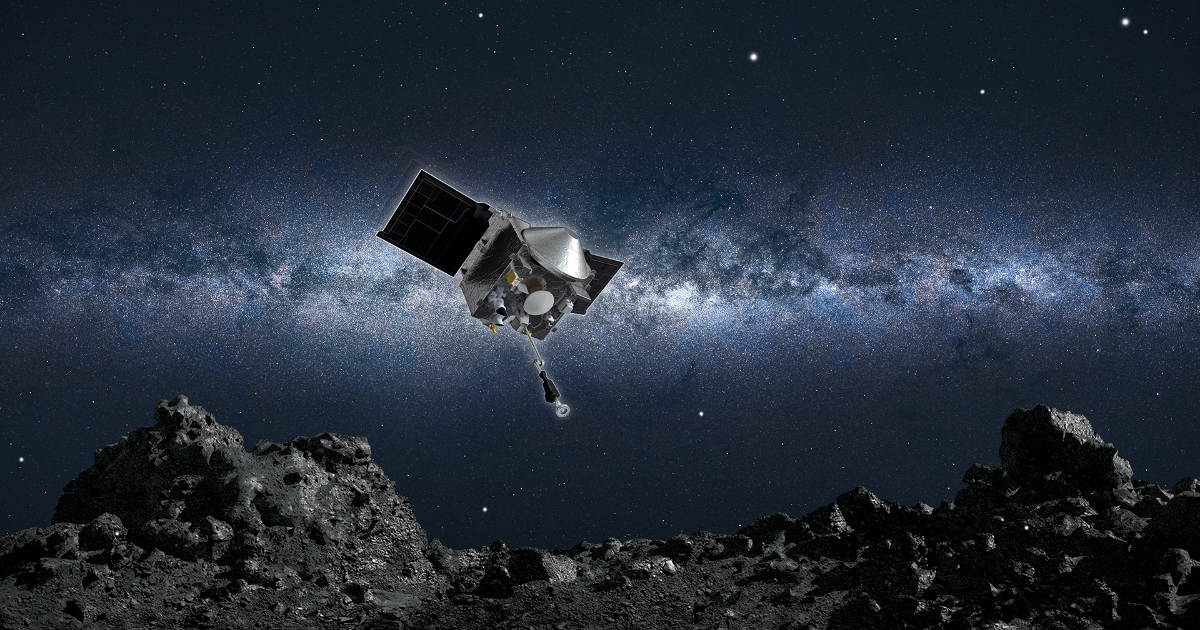
NASA's Osiris-Rex now headed back to Earth with asteroid rocks and dust
It came, it surveyed, it swiped.NASAAfter a few years hanging out with and even chest-bumping potentially hazardous asteroid Bennu, NASA's Osiris-Rex spacecraft said goodbye Monday and began its return to Earth. The Origins, Spectral Interpretation, Resource Identification, Security, Regolith Explorer is the agency's first spacecraft to visit a near-Earth asteroid, survey its surface and swipe a sample to bring back home for scientists to study. On Monday, at 1:23 p.m. PT, it began the final phase of a long journey that started with its launch from Cape Canaveral, Florida, on September 8, 2016. With the firing of its thrusters for seven minutes Monday afternoon, Osiris-Rex moves away from its orbit around Bennu to set a new course for Earth. More precisely, it aims to return the 2.1 ounce (60 grams) sample it collected from Bennu for an airdrop at the Utah Test and Training Range on Sept. 24, 2023. Osiris-Rex follows in the cosmic footsteps of Japan's Hayabusa2 craft, which recently returned a sample of the asteroid Ryugu to Earth. The path back to our planet for Osiris-Rex is not a straight line. To get home and enter an orbit around Earth in preparation for the sample return capsule to enter the atmosphere, the spacecraft will wind up circling the sun twice and travel 1.4 billion miles (2.3 billion kilometers). The sample now being transported from deep space to the Utah desert is the largest space souvenir collected by a NASA mission since Apollo astronauts brought moon rocks home for study. Only a small portion of the sample will be used in research right away. Bits will be sent to labs worldwide, but 75% will set aside to be studied by future scientists using fancy new technologies that don't even exist yet. Start developing your research plans now, kids! Follow CNET's 2021 Space Calendar to stay up to date with all the latest space news this year. You can even add it to your own Google Calendar.
……Space News
Comments
Leave a comment in Nestia App